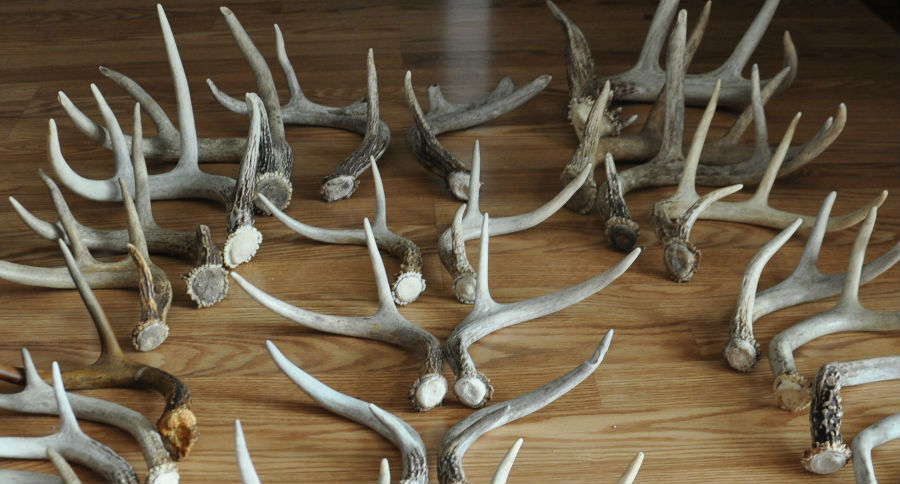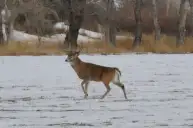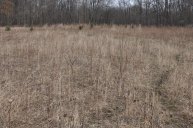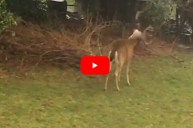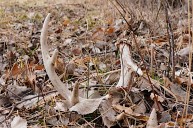Here are some important factors to consider before you go searching for white gold this year.
With hunting seasons now finally over, it is finally that time of year. You know what we mean. Many of us are now looking forward to the arrival of shed hunting season.
That is, if you haven't started already, which we're hoping you haven't, because before you go off to try and find sheds for the first time this year, there are many factors you should consider.
These factors may seem minor, but they can directly affect success or failure when it comes to finding a shed off that big buck.
Be sure to visit walmart.com for all of your hunting needs.
1. The species and places you're seeking antlers
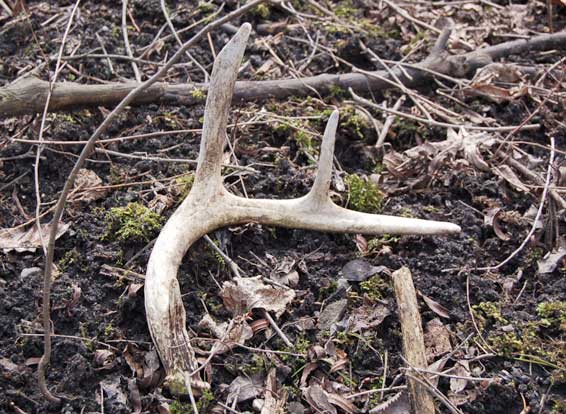
Travis Smola
Most shed hunting articles are written as a "one size fits all" type of approach. And while the way you spot antlers can be the same across all the different members of the deer family, you also need to adjust your game accordingly based on what species you are seeking and where you're doing it.
For instance, if you're after whitetail deer antlers in Iowa, you're probably going to spend a lot of time on food plots to find the most shed antlers. But say you're after elk antlers in Colorado; then you will probably spend more time focusing on bedding areas on south facing slopes in thick cover.
The Colorado elk shed hunter will also want to be better prepared for a much more strenuous hike. You probably won't cover as much ground as the Iowa hunter can, and it will be on rough terrain. Antler hunters in Colorado and other western states are probably just going to have to work harder for their success than someone in a flatter part of the country.
Wherever you are seeking shed antlers, make sure you are properly prepared with good footwear. The more comfortable you are, the longer you can search and the longer you can search, the better your odds of success.
2. Public Land vs. Private Land
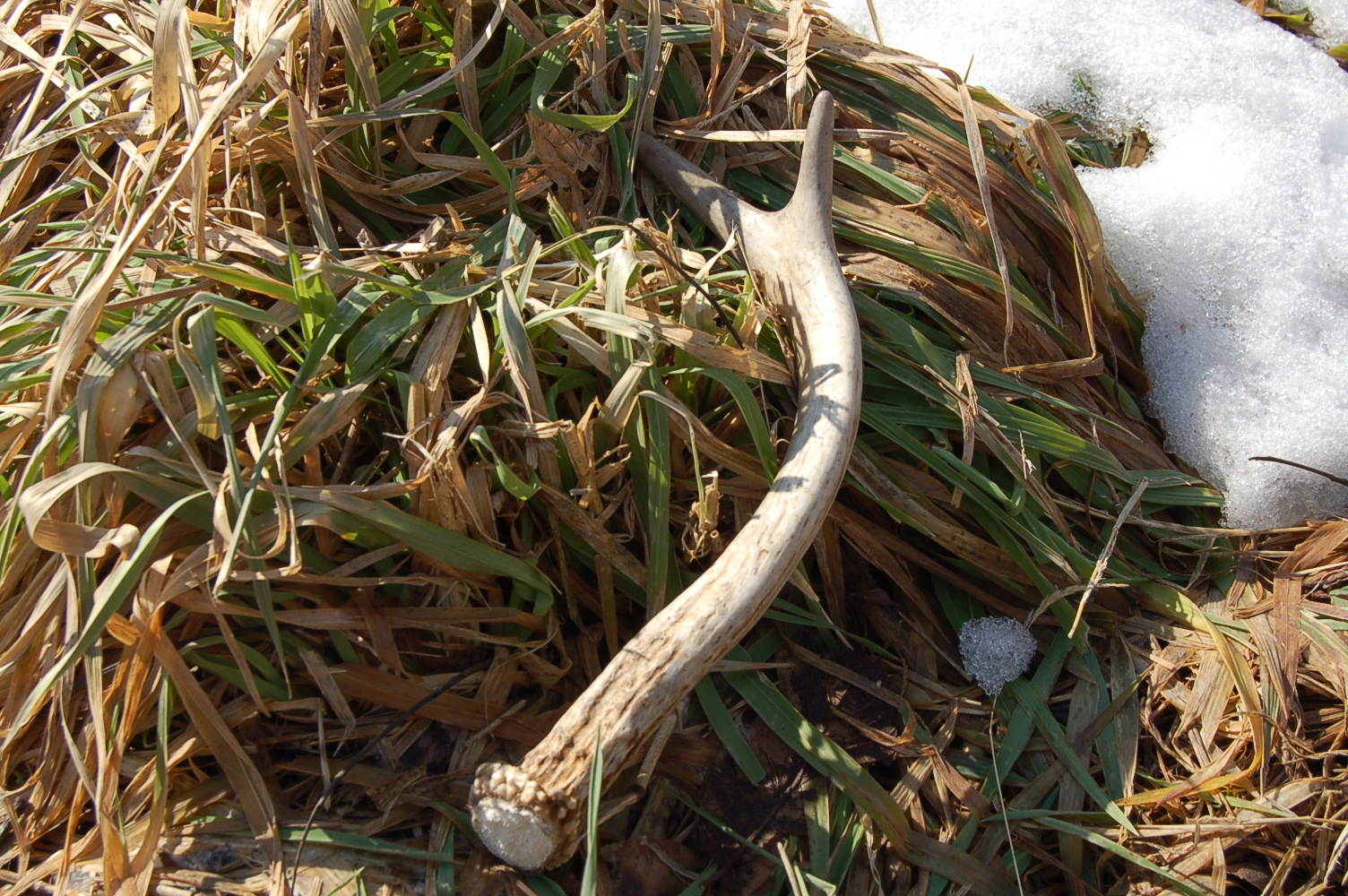
Travis Smola
Sadly, if your only option for finding sheds is public land, you should probably already be out there. In a perfect world, you could wait until later in the winter or early spring to start shed hunting on public land. But as the activity grows in popularity, competition forces many people's hands if they want to see any sort of shed hunting success.
In a way, you should approach things like an actual hunting trip for the animals themselves. You need to know where the animals are spending their winter months ahead of time. Otherwise you're just burning calories trying to find where they are.
By the time you figure that out on public land, it is likely someone else has already found the major food sources and bedding areas and picked them clean.
On private land you have a bit more leeway depending on the access others have to the property. In places where I have exclusive access, I like to wait as late as I can before doing any serious hiking. In the late winter months, deer are extremely stressed after the rigors of the rut and hunting season.
This gives you an advantage because you can afford to wait for all the animals to finish the shedding process without worry of pushing animals still carrying over the property boundaries. If possible, monitor the situation with trail cameras, but don't really start hiking until you're fairly certain all the animals have dropped.
You'll be shocked with how much more deer sign you'll see in an area you are able to leave alone this time of year.
3. Winter Severity

Travis Smola
One important factor I've noticed in recent years is that winter weather can directly affect my spring shed hunting season.
For instance, last year Michigan had nearly two feet of snow on the ground from January through February. It sucked because it took nearly three months for me to get out and hike properly, but it paid off in antlers. I found six deer sheds in a single small feeding area alone. I picked up two more within 50 yards of this feeding area on the trails leading to it.
Simply put, the harsher the winter, the easier it will make things for the shed hunter because when the weather gets tough, the less the animals will move as they try to conserve energy and stay alive.
This is where the waiting I discussed in the previous point comes in big. The longer you stay off your shed hunting area in a harsh winter, the more comfortable wild game will be. The more comfortable they are, the less likely they are to wander.
My waiting last year paid off. The whitetail bucks I found sheds from last year were very comfortable in that food plot because I gave them space when they were most vulnerable.
Granted this strategy won't apply for every area. If you're hunting whitetail sheds in the deep south, it's a non-factor. But if you're hunting mule deer someplace like Wyoming, Idaho, or Utah, it's probably the biggest factor affecting your shed season.
4. Legality
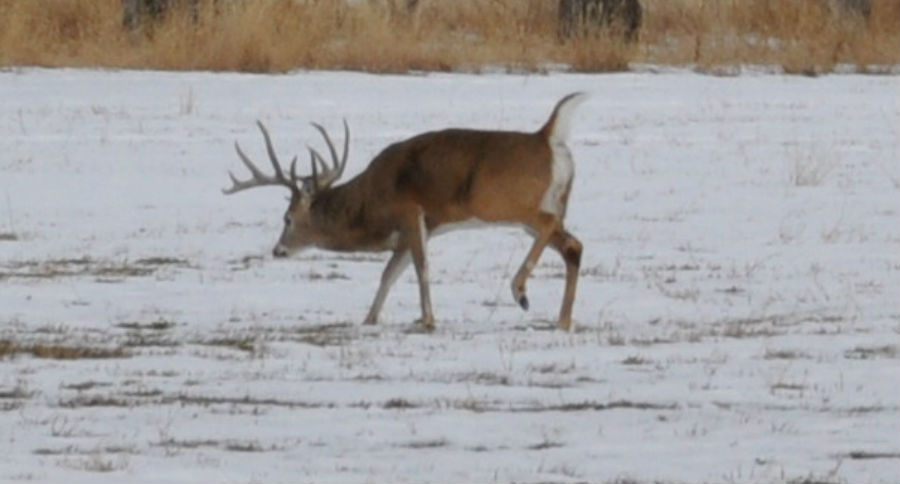
Travis Smola
Believe it or not, many states are now making moves to regulate shed hunting. In many western states like Wyoming, shed hunting is often prohibited on lands before April 1. Why? Again, this goes back to the winter severity factor.
Many states now feel the need to protect the animals from the pressures put on them by over-zealous antler hunters. Yes, unfortunately some bad apples have ruined it for many of us.
Again, note that most of these regulations seem to affect only western states and provinces. If you're in the Midwest like I am, it seems to be a non-factor.
Still, before you run off to your favorite hunting area, be sure to check your local regulations or even call the game warden first. Because the last thing you want to do is pick up that big shed from the buck that eluded you all season only to have the warden confiscate it from you back at the truck because you were in an area that was off-limits at the time.
For more outdoor content from Travis Smola, be sure to follow him on Twitter and check out his YouTube channel.
NEXT: 7 SHED HUNTING TIPS FOR THOSE WHO JUST CAN'T SEEM TO FIND THEM
WATCH
